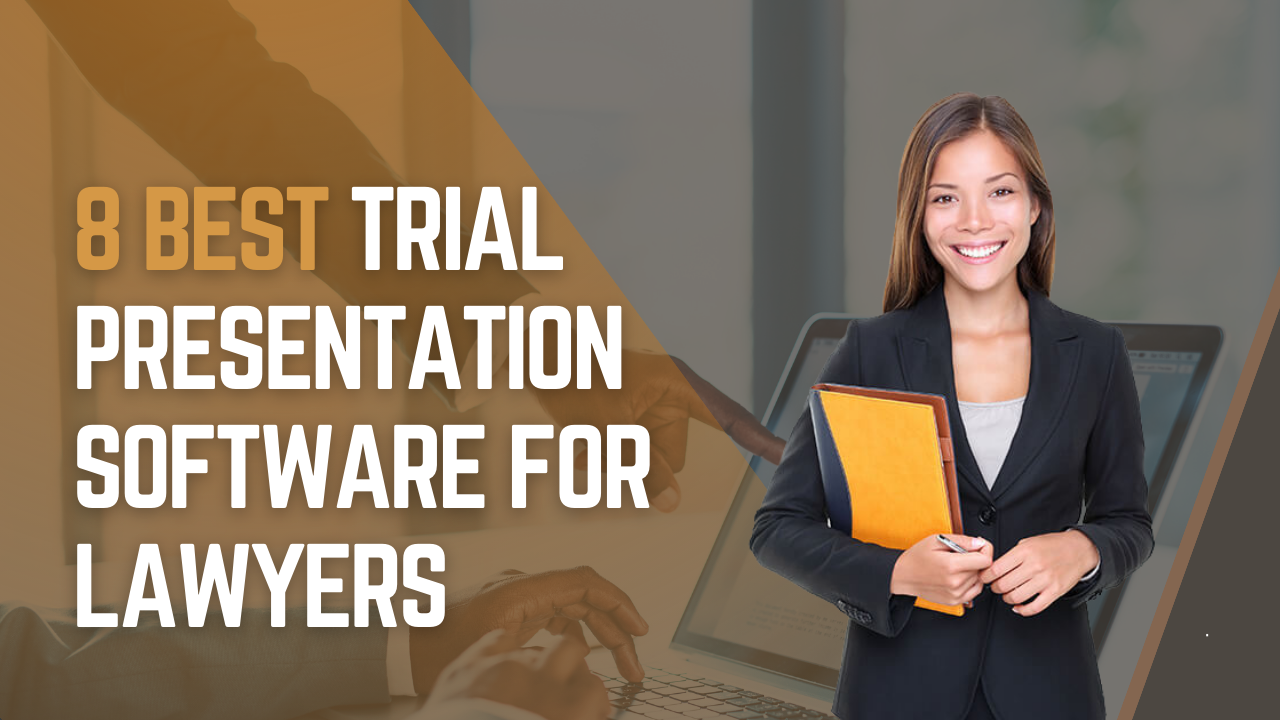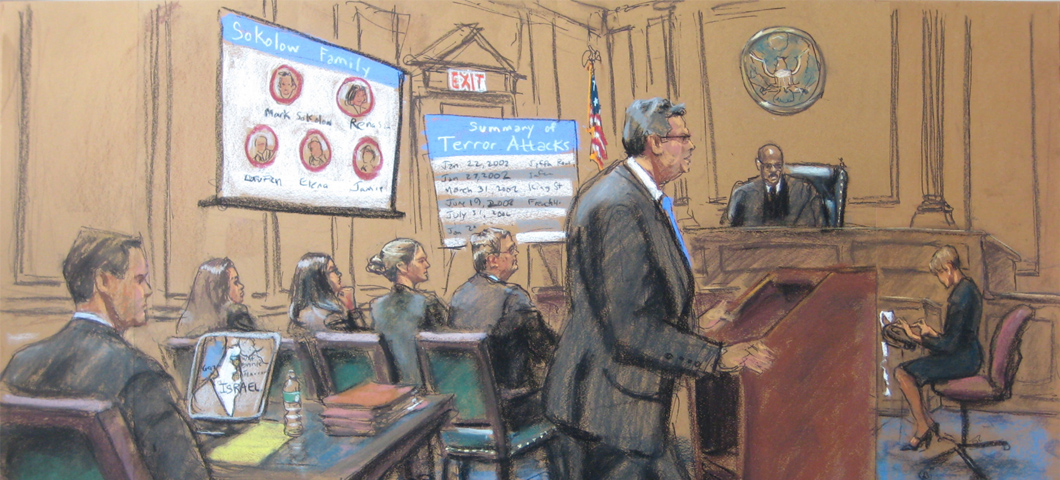Why Your Following Instance Requirements a Solid Trial Presentation: Insights and Techniques for Attorneys
Browsing the Complexities of Trial Presentations: Tips for Seamless Distribution and Compelling Debates
In the world of lawful procedures, the art of trial presentation stands as a crucial determinant of success. The complexities fundamental in trial presentations require a delicate equilibrium of ability, strategy, and finesse.

Understanding Trial Goals
To properly navigate a trial, it is essential to have a clear understanding of the purposes that require to be achieved. Before entering the court, lawful groups have to specify their objectives and wanted outcomes. These objectives act as directing principles throughout the trial, shaping methods and affecting decision-making procedures.
Comprehending test goals includes a detailed evaluation of the instance, lawful criteria, and the client's finest rate of interests. Trial Presentations. It needs a careful assessment of the truths, determining essential issues, and anticipating potential challenges. By establishing details and quantifiable goals, attorneys can customize their presentations and arguments to align with the wanted outcomes
Additionally, a clear understanding of trial purposes makes it possible for legal teams to focus on proof, witnesses, and legal arguments properly. It permits the advancement of a coherent story that reverberates with the judge and court, enhancing the general case discussion.

Organizing Proof Efficiently
Having a clear understanding of trial purposes lays the foundation for arranging evidence effectively in legal process. By lining up the presentation of evidence with the preferred outcomes of the test, legal groups can strengthen their debates and improve their persuasiveness.
An additional secret component in organizing proof efficiently is developing a logical circulation. Offering proof in a systematic and sequential way can aid develop an engaging narrative that supports the lawful arguments being made. Furthermore, making use of visual help such as charts, timelines, or graphs can further improve the company of proof and assist in clearing up intricate partnerships or sequences of occasions.
In addition, guaranteeing that all proof offered is admissible and relevant to the instance is important. Pointless or inadmissible proof can detract from the strength of the disagreement and potentially hurt get more the credibility of the presenting celebration. A meticulous review and selection process should be undertaken to consist of just the most impactful and legitimately audio proof in the trial presentation.
Crafting Persuasive Narratives
Crafting engaging narratives plays a crucial function in presenting convincing arguments throughout legal process. When constructing a story for a trial discussion, it is important to develop a clear storyline that highlights vital points and attaches them in a meaningful fashion. By weaving together proof, testimony, and lawful arguments into a natural and convincing story, lawful experts can properly promote for their customers and increase the probability of a favorable result in the court room.
Mastering Aesthetic Help
Effective use of aesthetic help is essential to improving the influence and clarity of trial discussions. Aesthetic aids, when utilized tactically, have the power to streamline complex information, strengthen bottom lines, and leave a long lasting perception on the court and court. To master visual aids in trial discussions, it is critical to ensure that they are clear, concise, and relevant to the arguments being made.
When including aesthetic aids, such as graphes, timelines, graphs, or photos, right into a test discussion, it is essential to keep them visually appealing yet professional. The visuals should complement the verbal arguments, offering a graph of the information being talked about without overwhelming the audience with unnecessary information.
In addition, exercising with the aesthetic help in advance is imperative to make sure a smooth distribution throughout the test. Familiarizing oneself with the content, transitions, and you could try these out timings of each aesthetic help can assist maintain the circulation of the discussion and stop technical glitches that might emerge.
Supplying Impactful Closing Disagreements
A compelling closing debate serves as the end result of a trial discussion, enveloping the core narrative and encouraging the judge and court towards a positive choice. Begin by describing the major arguments that sustain your customer's position, stressing why the evidence provided throughout the test supports your narrative.
Additionally, including psychological allure can further strengthen your closing argument. Ultimately, a well-crafted closing disagreement ought to leave an enduring perception, engaging the court and court to rule in your client's her comment is here favor.
Final Thought
Finally, grasping trial presentations includes comprehending goals, organizing evidence, crafting narratives, utilizing aesthetic help, and supplying impactful closing debates. By carrying out these methods successfully, attorneys can provide their situation perfectly and make compelling arguments in the court room. It is critical to browse the complexities of trial presentations with accuracy and ability to accomplish success in legal process.
By straightening the presentation of evidence with the wanted end results of the trial, legal groups can enhance their disagreements and enhance their persuasiveness (Trial Presentations). To grasp visual help in trial presentations, it is critical to make certain that they are clear, concise, and relevant to the debates being made
A compelling closing argument offers as the conclusion of a trial discussion, encapsulating the core story and convincing the judge and court towards a favorable choice. Begin by outlining the major disagreements that sustain your client's position, stressing why the evidence offered throughout the trial supports your story.In conclusion, grasping trial discussions includes recognizing goals, arranging evidence, crafting stories, utilizing aesthetic aids, and providing impactful closing debates.